The Importance Of Light Intensity Intervals In A Reef Aquarium
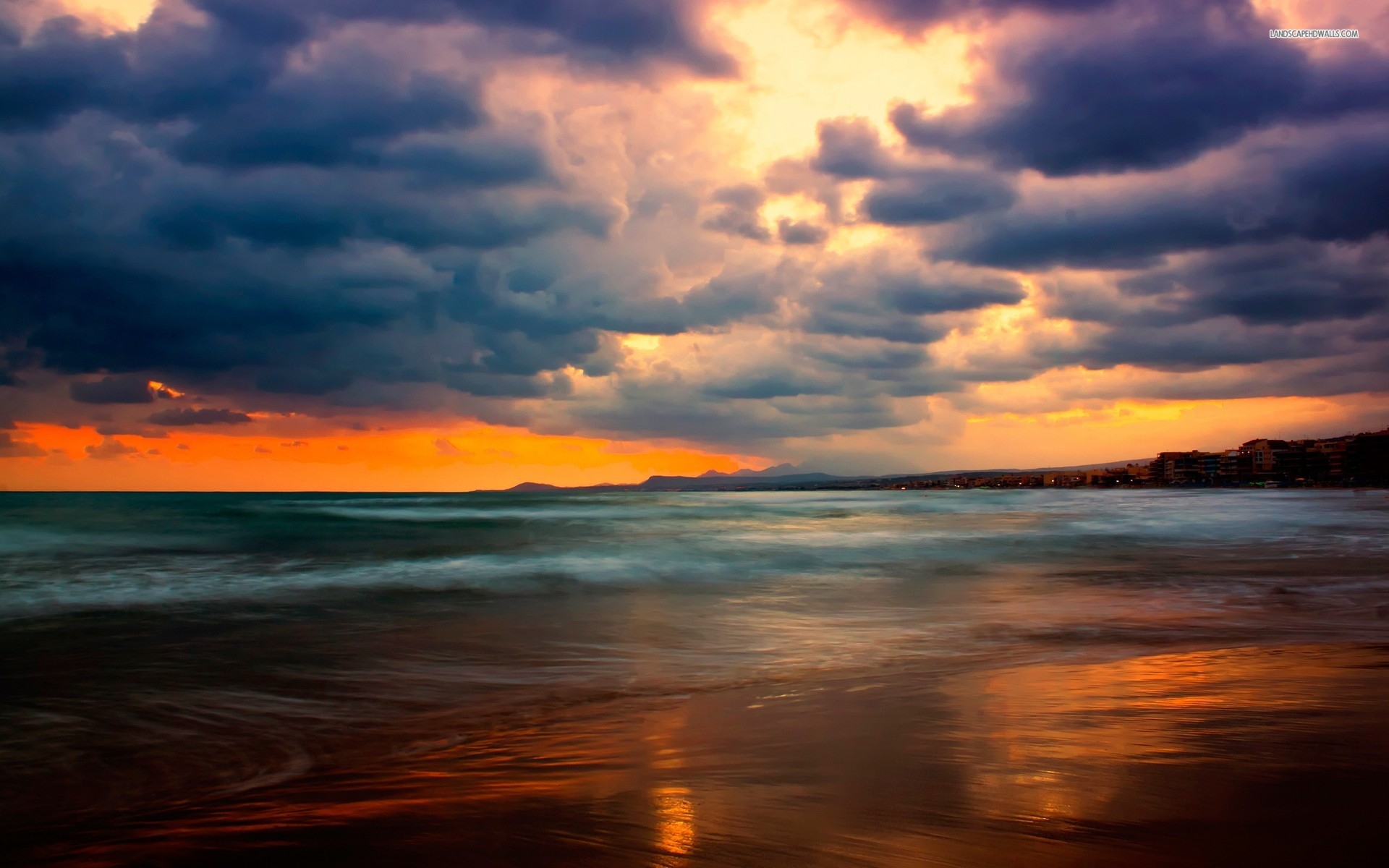
Have you ever witnessed an entire cloudless month? I haven’t, and if you have you must have been on another planet. Clouds pay us a daily visit. Some are treacherous storms that can last for quite some time while others are whisps of humidity that leaves as quickly as they become visible. Even in the sunny tropics there are days on end of near darkness over the reefs, possibly even hurricanes.
Aside from cloud coverage, the earth is always moving a little closer or a little further away from the sun depending on which season it is, thus light is refracted differently as the year goes by. The physical effects of this are not only temperature differences, but also Color Temperature differences, or Kelvin. This causes all types of interesting changes throughout the world. Some flowers will only bloom under certain Kelvins. This is one of the main cause of flowerless house plants. How many orchid keepers out there actually have two separate bulbs for the seasons? Most of us simply allow the window light to keep them happy, which results in half a year of no flowers since the plant can sense the different spectrum.
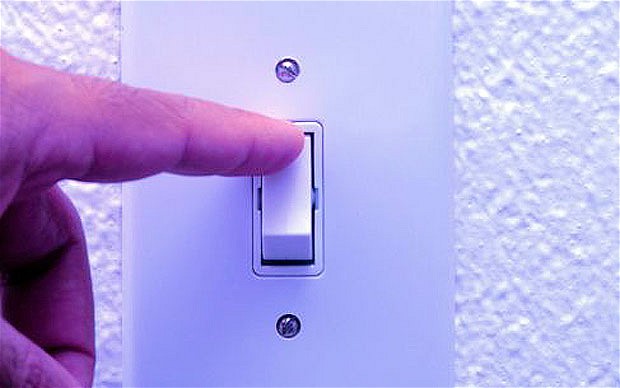
Considering the photosynthetic nature of most sea life, the sun is very important. Keeping our lights on our tanks during regular daylight hours has been the standard since the beginning of our knowledge of photosynthesis. As we progress in biology we learn more and more stuff about everything. One thing we have learned is the benefit of darkness.
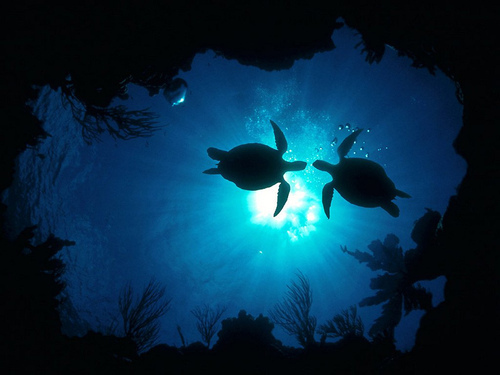
image via imgfave.com
DARKNESS
This allows the corals and plants to rest and use all the leftover energy they spent all day collecting. If you have diatoms, cyanobacteria, or any other simple photosynthetic organism you will notice that it significantly dies down when the lights are out. This happenstance has sparked the idea that a 3 day lights out period can and will reduce algae within the tank while the corals simply sleep it off. Too many days will, however, cause them to start dying off. A lot of corals naturally feed and sting during the night. Without darkness a coral may never truly have dinner.
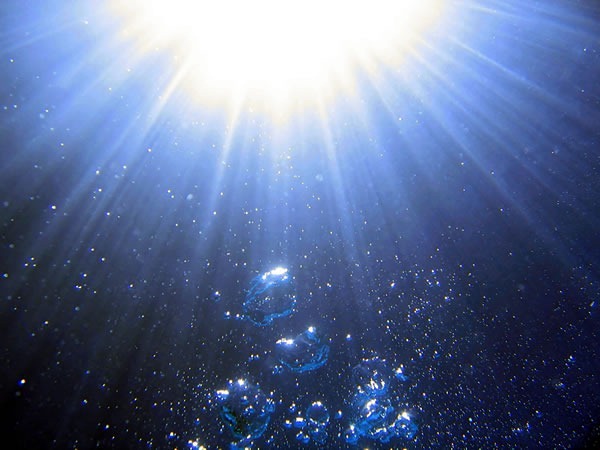
image via instrumentofpraise.wordpress.com
SUDDEN ILLUMINATION
Nowhere on the planet does the sun just turn on and off, so why should our reef lighting? Most metal halides have to warm up to their brightest while florescent lighting and LEDs can flip right on at full velocity. If you have a faulty ballast you will notice them flicker on, which is even more traumatizing to ocular capable animals. Have you ever woke up in the dark and flipped on the light? It almost feels like looking straight at the sun.
DAILY INTERVALS
As the sun rises and sets it goes from dim to bright to dim on a VERY regular schedule. Aside from daily clarity differences, the sun is one of the most reliable things involved with the well being of earth. Even if the sky is so cloudy you cannot see anything the sun is still working its way west. Giving your tank a Dusk/Dawn effect will help your fish keep from being light shocked and also give the corals a chance to get ready for the noon lights to kick on. Some lights go as far as including cloud coverage and lunar phases in their controls which really makes the tank more natural. If you build your own you can even include the different color spectrum that high and low tide create, though sometimes is not significant. As the “tides” roll in the light may look more blue, but this is also a sign that the sun is going down. There are even timers that will increase the intensity of your 12v LEDs when they turn on to keep the tank from jumping into high noon.
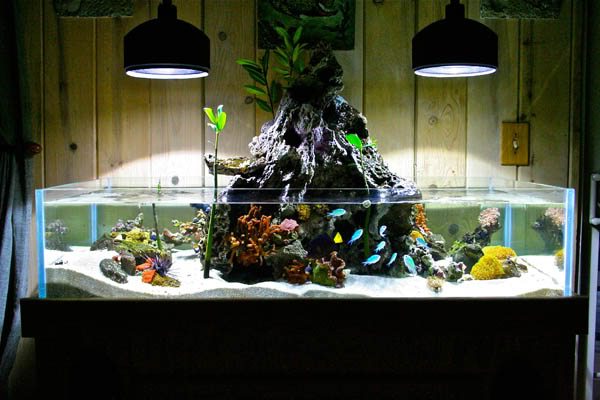
kyle verry’s 75g custom rimless reef tank
If lighting your tank is seemingly fishy, let us know down in the (lighting and equipment forum) and we will light your path to the best setup you can possibly get. Unless your budget is extremely low, working intensity intervals into your lights can be as simple as plugging it in.
Comments are closed.
